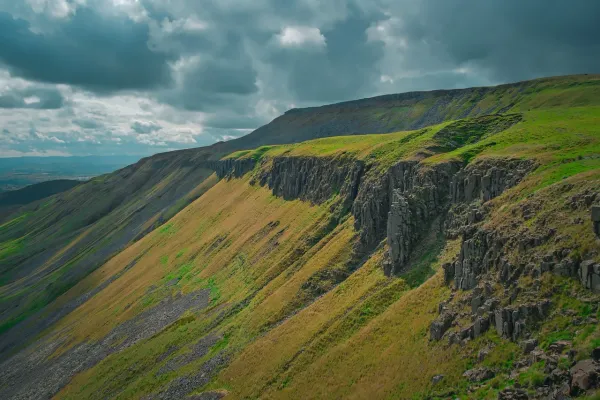Wednesday☕️

Economics & Markets:
- Yesterday’s U.S. stock market:

- Yesterday’s commodity market:
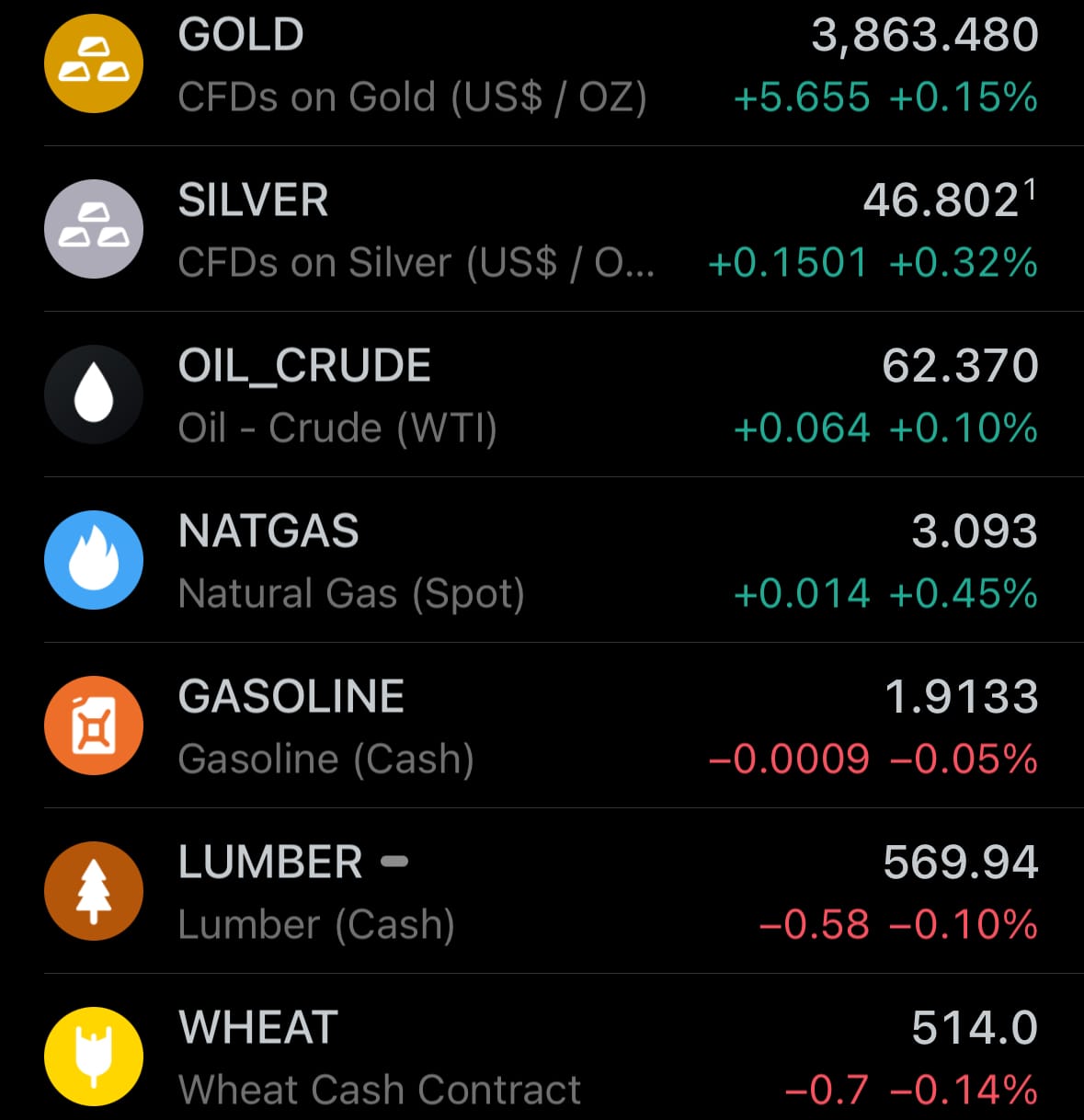
- Yesterday’s crypto market:
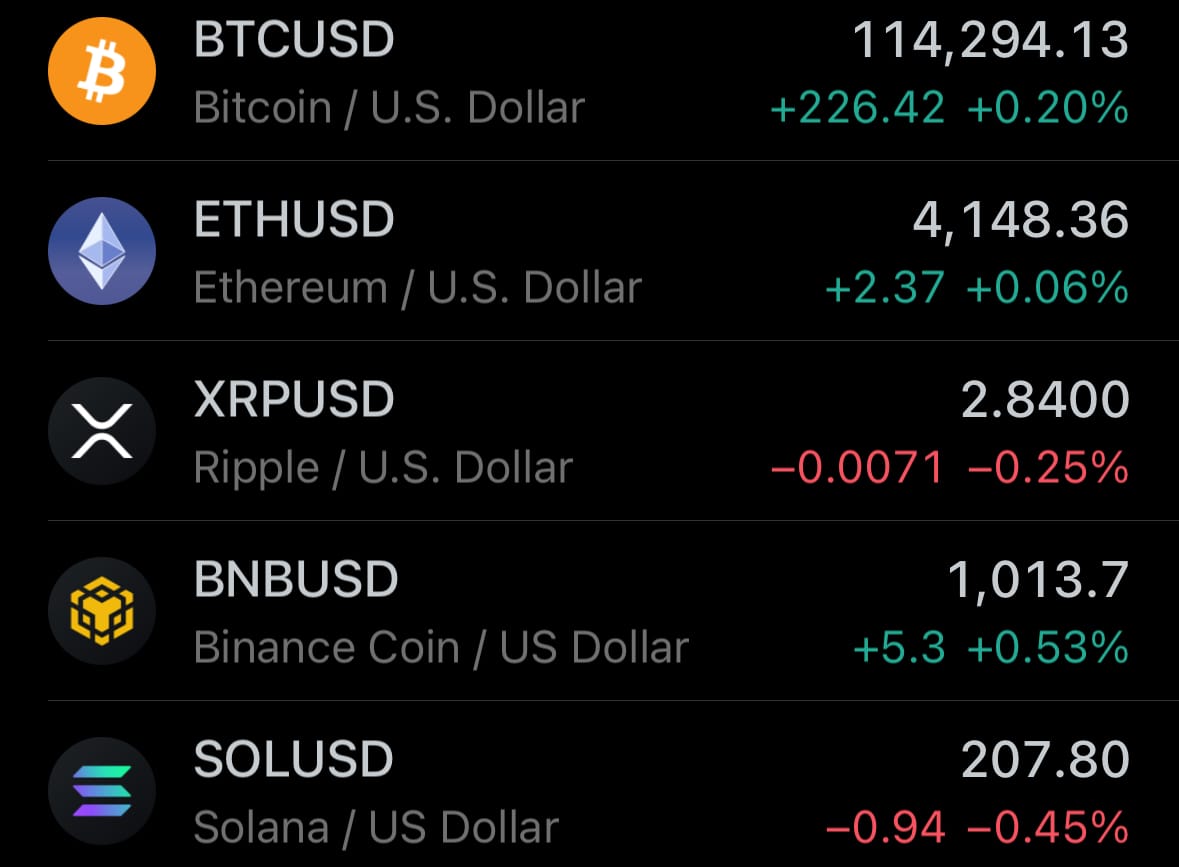
Geopolitics & Military Activity:
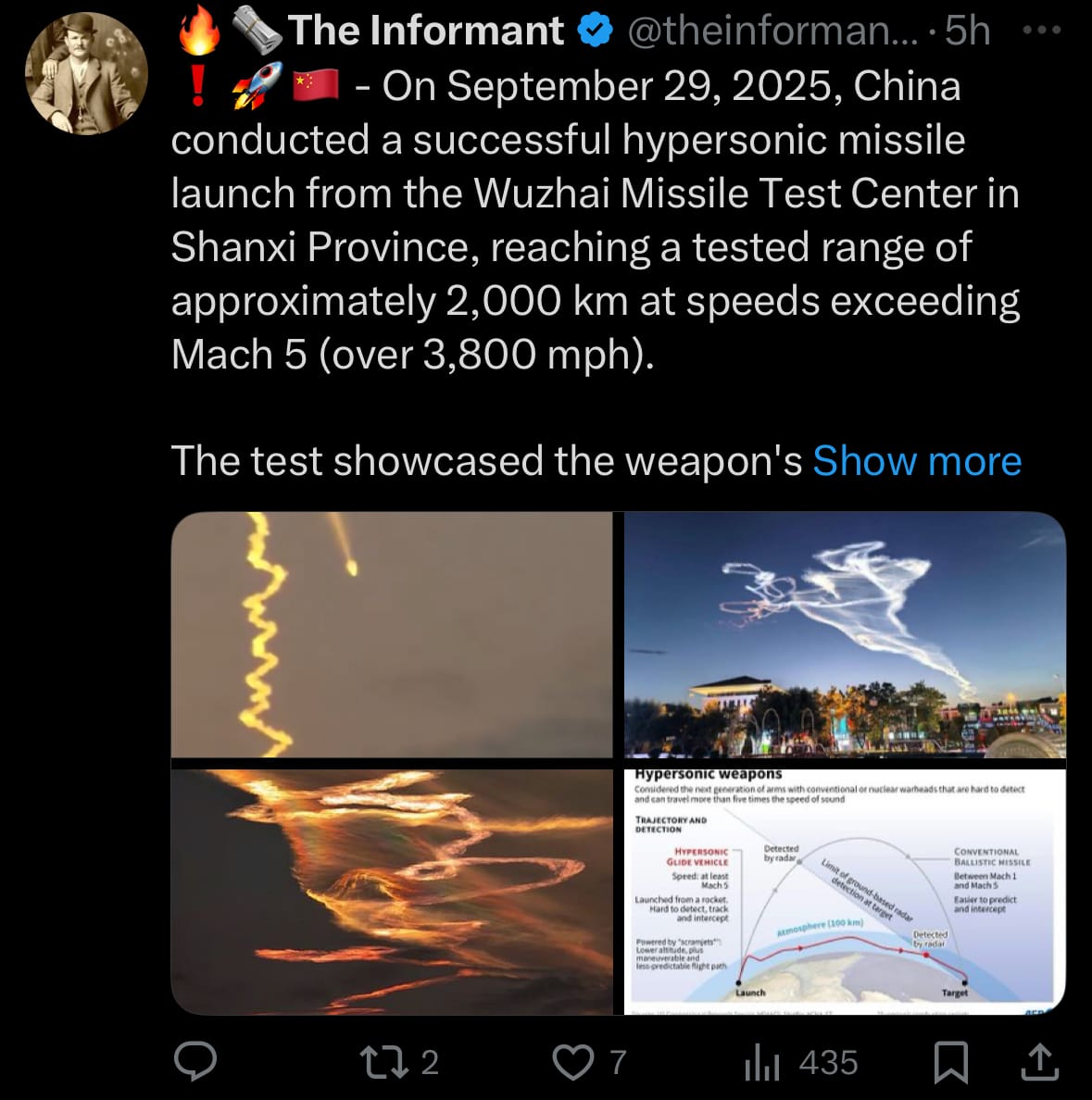
Environment & Weather:
- On September 30, 2025, a 6.9-magnitude earthquake occurred in the Visayan Sea in the central Philippines at about 9:59 p.m. local time (13:59 UTC), located roughly 54 km west of Ormoc City in Leyte province, as reported by the United States Geological Survey and the Philippine Institute of Volcanology and Seismology. The event happened at a depth of 10 km, causing intense shaking in the Visayas region, including Cebu, Bohol, and Negros islands, though no tsunami alert was triggered since the offshore epicenter was not anticipated to produce major waves. It ranks among the most powerful earthquakes in the Philippines this year, occurring in a seismically active zone near the Philippine Trench.
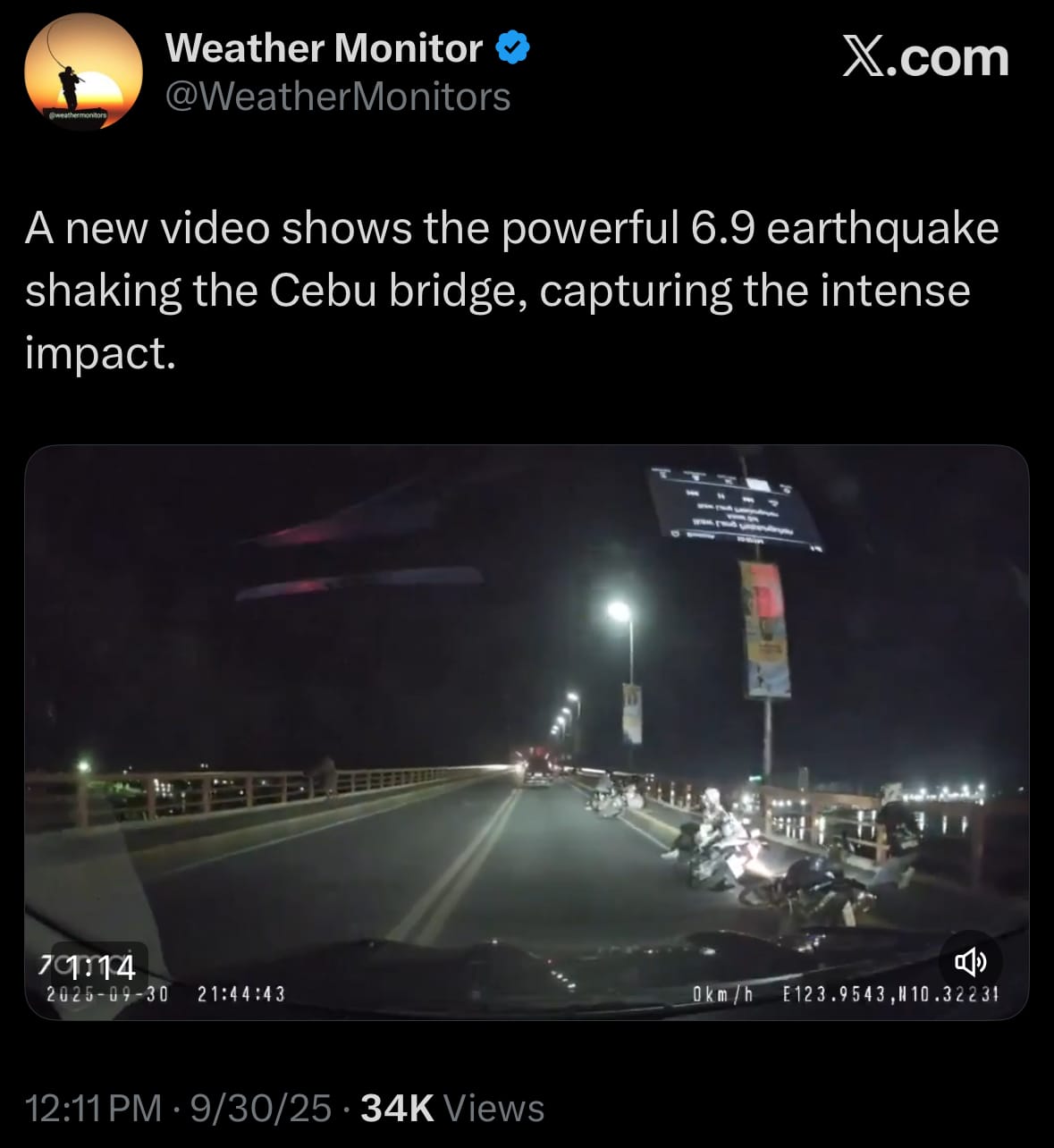
- Early accounts report at least 20 deaths, mostly due to building collapses and a stampede at a sports venue in Cebu, along with 17 missing individuals and numerous injuries, leading to evacuations and emergency measures in impacted areas. Widespread power outages, structural damage, and transportation interruptions have been noted, with search and rescue efforts continuing amid aftershocks. The Philippine government has initiated disaster response procedures, and while the quake underscores the nation's exposure to seismic risks, no wider regional consequences have been identified so far.
Cyber:
- On September 29, 2025, Afghanistan entered a complete nationwide internet blackout as Taliban authorities systematically disconnected multiple networks starting in the morning, expanding from initial restrictions in northern provinces on September 17 aimed at preventing "immoral activities." Connectivity levels fell to nearly zero, with telephone services also affected, impacting around 40 million people by restricting access to online information, financial services, education, and connections with relatives abroad. Organizations like NetBlocks confirmed the shutdown, while Taliban representatives framed it as part of morality enforcement, potentially with allowances for critical needs, though no end date was specified. This followed earlier disruptions in regions like Balkh, where fiber-optic services were cut, forcing reliance on expensive mobile data and affecting businesses, schools, and particularly women's online participation. As of September 30, 2025, at 9:25 PM Eastern Time, the blackout remains in effect, with no reports of restoration and continued disruptions to mobile and internet services across the country.
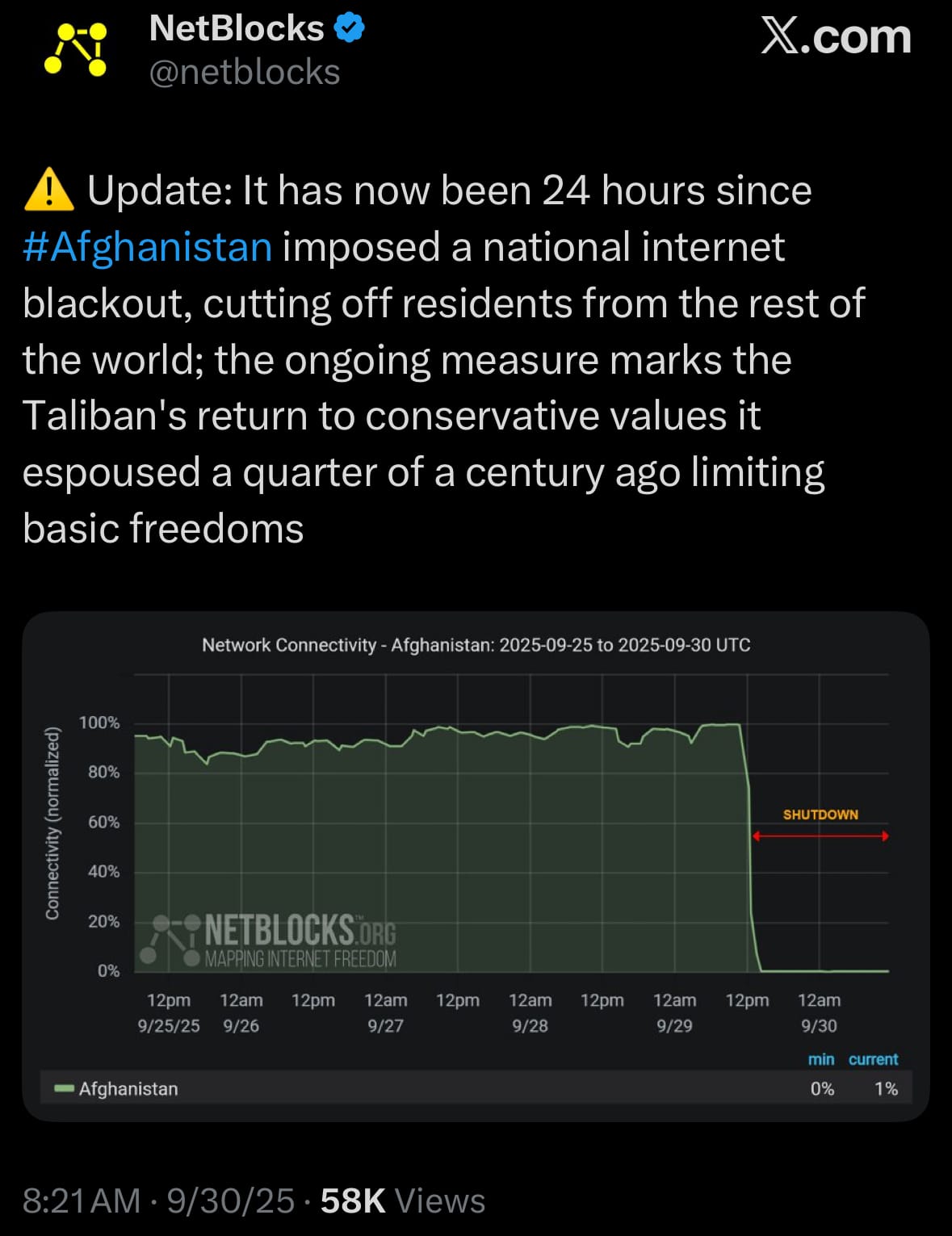
- Human rights organizations and media monitors have voiced concerns that the blackout could violate freedoms, limit opposition, and restrict information under Taliban rule since 2021, with noted interruptions to humanitarian aid, media broadcasts, and economic functions, including some Afghan TV networks' online streams. Proposals for alternatives like satellite internet have been mentioned, but no formal implementations have occurred. Feedback from Afghans and international observers emphasizes heightened isolation, with challenges in family communication and monitoring human rights or relief activities.
Science & Technology:
- On September 30, 2025, OpenAI released Sora 2, an updated AI model for video generation based on the original Sora introduced in February 2024, along with a new standalone iOS app that allows users to create, share, and view AI-generated videos. Key additions include audio support for sound effects and music, consistent character rendering for lifelike appearances (including options for user likenesses), enhanced simulation of physics and movement, and outputs at resolutions up to 1080p at 60 frames per second for videos lasting up to 20 seconds. Initial access is limited to an invite-only rollout for iOS users, with plans for wider availability later, including a web interface at sora.com, integration with ChatGPT for Pro subscribers, and an upcoming API for developers.

- The update is presented as a tool to support creativity, facilitating fast conversion of ideas into videos and enabling social sharing, in a market that includes competitors like Google's Veo and Meta's MovieGen. Early feedback notes the model's engaging and user-friendly design, with some suggesting it could boost widespread content creation, while others raise issues like potential risks of misuse through customized videos, and the possibility of AI-generated material flooding online platforms.
Statistic:
- Largest public assets on Earth by market capitalization:
- 🇺🇸 NVIDIA: $4.542T
- 🇺🇸 Microsoft: $3.850T
- 🇺🇸 Apple: $3.794T
- 🇺🇸 Alphabet (Google): $2.975T
- 🇺🇸 Amazon: $2.341T
- 🇺🇸 Meta Platforms: $1.845T
- 🇸🇦 Saudi Aramco: $1.627T
- 🇺🇸 Broadcom: $1.589T
- 🇺🇸 Tesla: $1.478T
- 🇹🇼 TSMC: $1.448T
- 🇺🇸 Berkshire Hathaway: $1.086T
- 🇺🇸 JPMorgan Chase: $868.37B
- 🇺🇸 Walmart: $822.31B
- 🇺🇸 Oracle: $801.75B
- 🇨🇳 Tencent: $773.02B
- 🇺🇸 Eli Lilly: $683.99B
- 🇺🇸 Visa: $657.16B
- 🇺🇸 Mastercard: $511.48B
- 🇺🇸 Netflix: $511.22B
- 🇺🇸 Exxon Mobil: $493.30B
- 🇺🇸 Johnson & Johnson: $446.55B
- 🇺🇸 Palantir: $429.64B
- 🇨🇳 Alibaba: $426.18B
- 🇺🇸 Costco: $410.27B
- 🇺🇸 AbbVie: $409.02B
History:
- The history of firearms begins with the invention of gunpowder in ninth-century China, where it was first used in fire lances—bamboo or metal tubes that shot flames and shrapnel. By the thirteenth century, these evolved into hand cannons, the earliest true firearms, which spread westward along trade routes. In fourteenth- and fifteenth-century Europe, the arquebus and matchlock muskets emerged, slowly replacing traditional bows and crossbows as no armor could withstand their fire. The sixteenth century saw the wheellock, followed by the seventeenth-century flintlock, which dominated for over two hundred years. Flintlocks, used in famous muskets like the Brown Bess, made firearms reliable, easier to load, and central to early modern armies. By the eighteenth century, muskets had standardized global warfare, laying the foundation for massed infantry volleys and bayonet charges.
- The nineteenth century, powered by industrial innovation, transformed firearms with the percussion cap, rifled barrels for accuracy, breech-loading systems, and metallic cartridges that simplified loading. Revolvers like Samuel Colt’s gave multiple shots before reloading, while repeating rifles and the Maxim gun brought rapid firepower. In the twentieth century, bolt-action rifles, semi-automatic pistols, and machine guns defined World War I, while World War II introduced the submachine gun, semi-automatic rifles like the M1 Garand, and the first true assault rifle, the German StG 44. Postwar icons such as the Soviet AK-47 and American M16 embodied modern assault rifle design. Today’s firearms continue this legacy with modular assault rifles, advanced optics, polymer frames, biometric smart guns, and experiments with caseless ammunition and railguns. While most nations heavily regulate civilian access to guns, a few countries explicitly enshrine the right to bear arms in law or constitution, including the United States, Mexico, and Guatemala, with others like the Czech Republic recognizing it in more limited constitutional form. Though rooted in centuries-old gunpowder principles, modern firearms combine durability and precision with cutting-edge technology, remaining central to warfare, defense, and civilian use worldwide.
Image of the day:

Article:
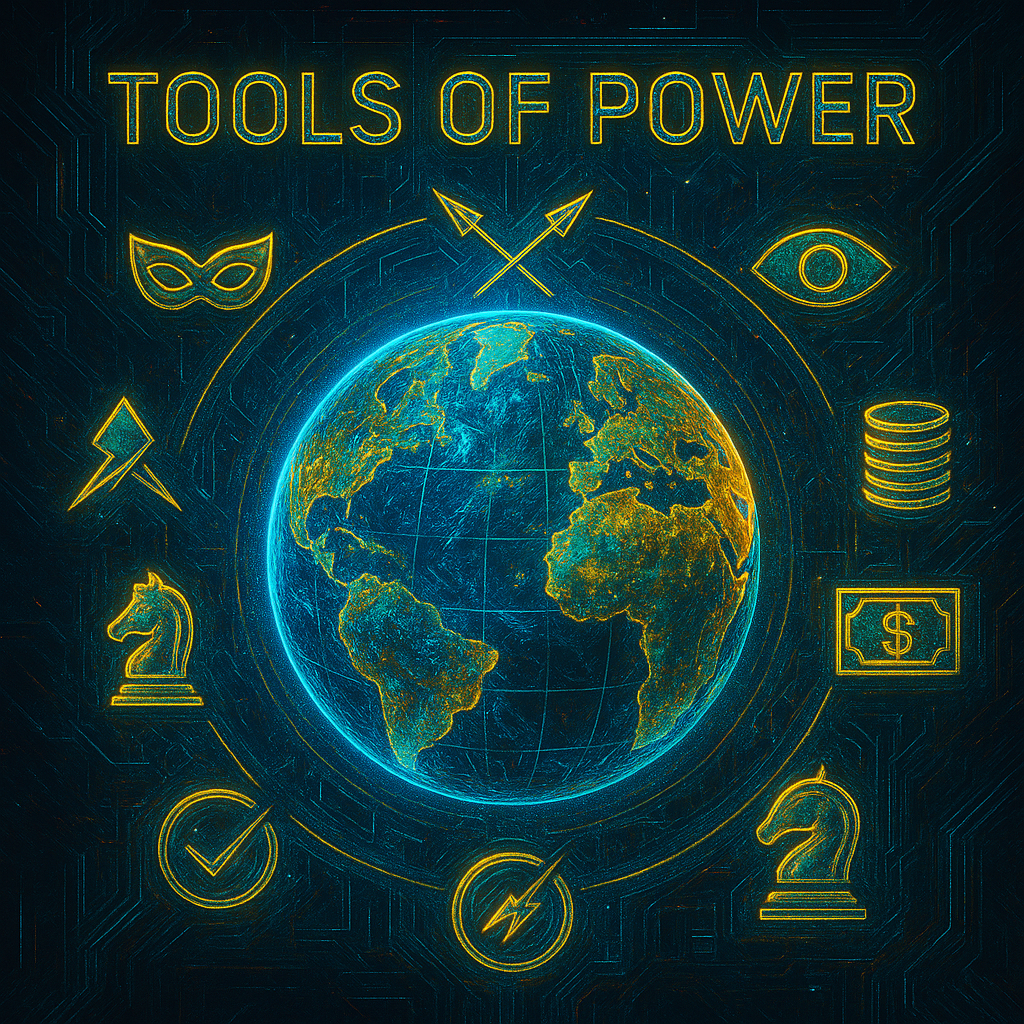
Thanks for reading!
Earth is complicated, we make it simple.
Monitor the planet with the Earth Intelligence System. Click the image below to view the Earth Intelligence System:
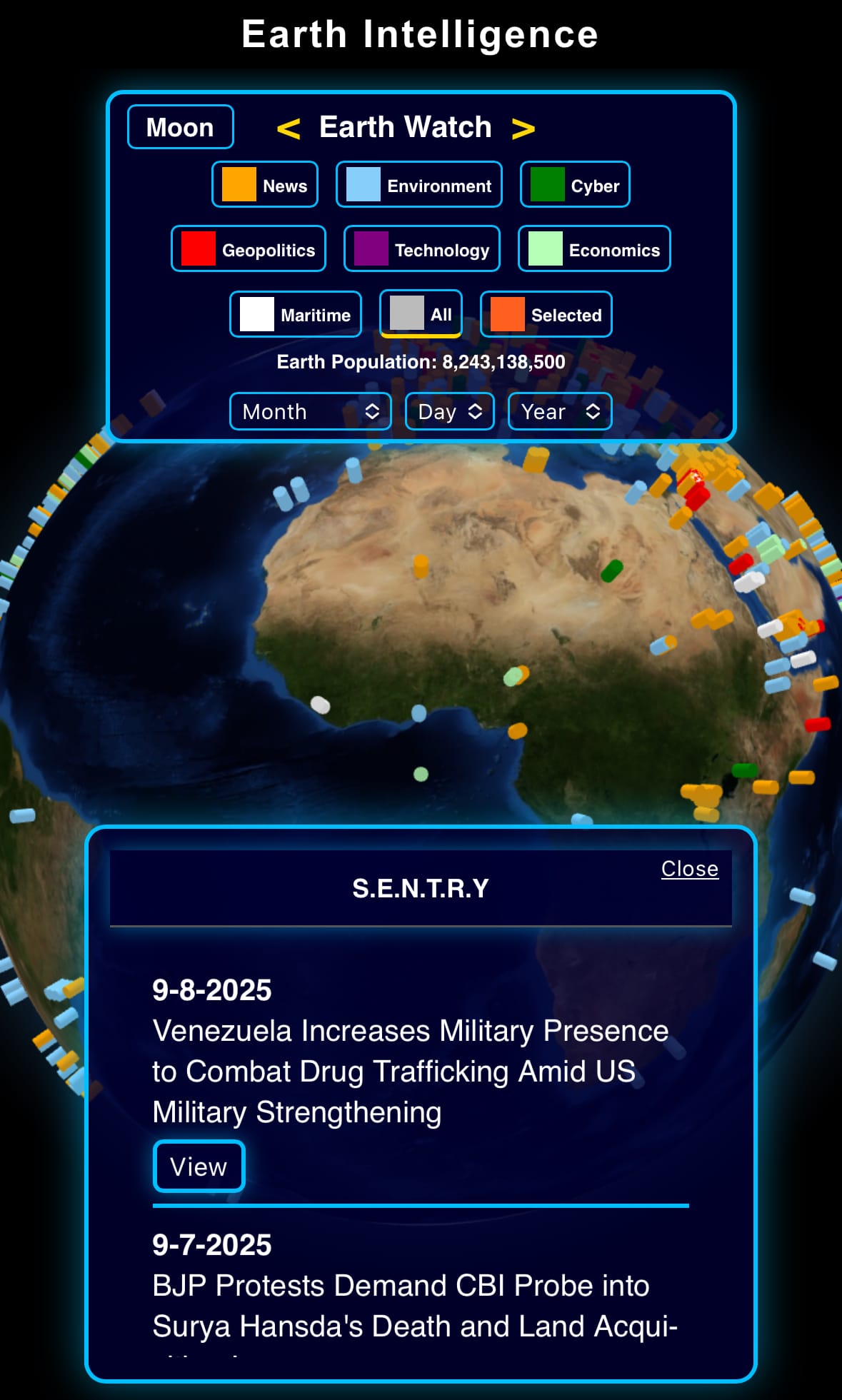

Support/Suggestions Email:
earthintelligence@earthintel.news




